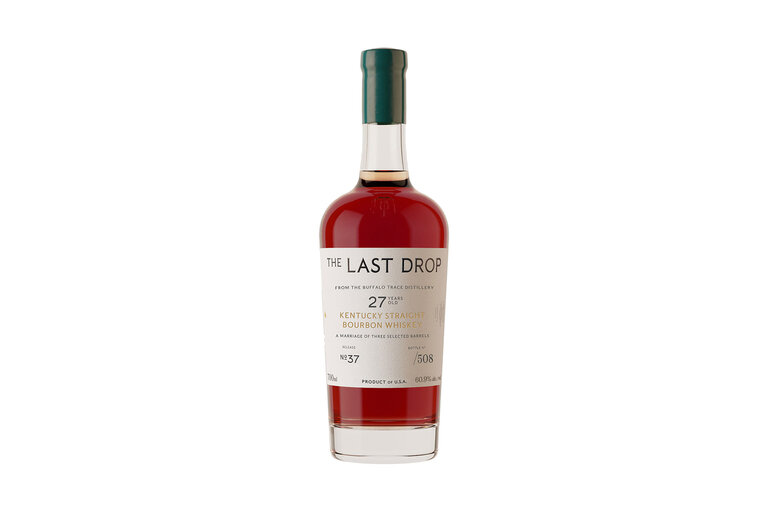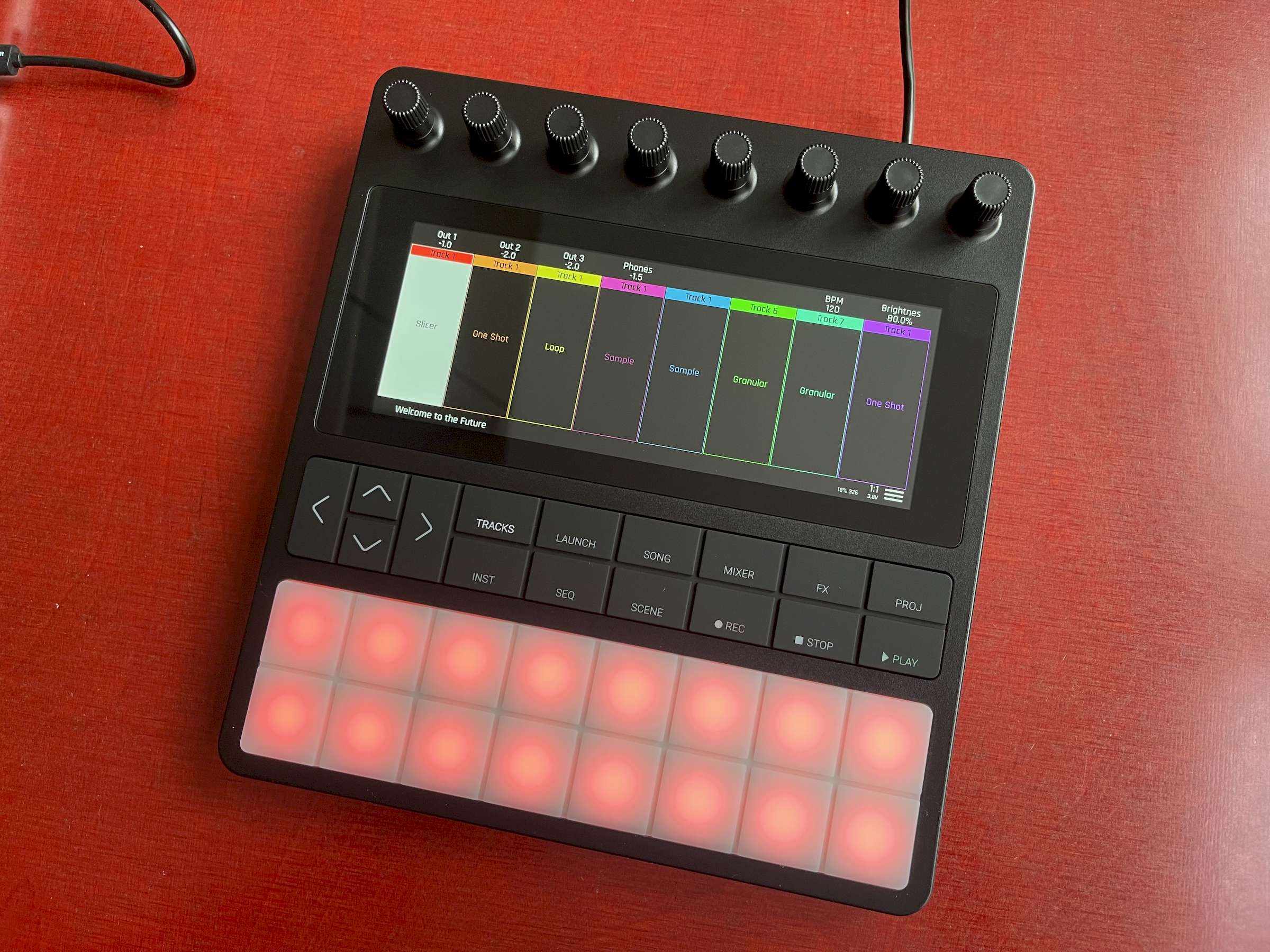Do I Have Enough Miles for My First Redemption?
For those fresh to the points and miles hobby, it’s natural to wonder when you’ll be able to fund your first trip using points. Traveling is an adventure, and doing it for (almost) free makes it even more exciting. However, the answer to the question depends entirely on what your travel plans are. For instance, the number of points and miles required for a domestic award trip is going to be lower than that required for an international award trip, all things remaining equal. The post Do I Have Enough Miles for My First Redemption? appeared first on MileValue.

For those fresh to the points and miles hobby, it’s natural to wonder when you’ll be able to fund your first trip using points. Traveling is an adventure, and doing it for (almost) free makes it even more exciting.
However, the answer to the question depends entirely on what your travel plans are. For instance, the number of points and miles required for a domestic award trip is going to be lower than that required for an international award trip, all things remaining equal. Similarly, redeeming enough points for a family of four is a whole different story to redeeming enough points as a solo traveler or couple.
Likewise, the credit cards you hold and thus the airline and hotel transfer partners you have access to dictates your redemption options.
Nevertheless, let’s take a look at approximately how many points and miles you need for your first award trip, depending on your travel goals.

How Many Miles Do You Need for a Domestic Award Flight?
Generally speaking, domestic award flights are almost always cheaper than international award flights.
The only time that a domestic award flight may require more miles than an international award flight is when you compare a dynamically priced domestic award fare during peak travel season to an off-peak or fixed-priced international award fare.
Otherwise, it’s safe to assume that you’ll pay less in points and miles for a domestic trip compared to an international trip.
When booking domestic award flights, you’re generally going to be flying with one or more of the following airlines:
- Alaska Airlines
- American Airlines
- Delta Air Lines
- JetBlue Airways
- Southwest Airlines
- United Airlines
While you could also book award flights with Frontier Airlines and Spirit Airlines, these low-cost carriers have zero mainstream credit card transfer partners, short mile expiry dates and, in the case of Spirit Airlines, an award booking fee of $50 for flights departing within 28 days of booking.
Therefore, you’re better off sticking with the other U.S.-based carriers when booking domestic award fares.
So, how many miles do you need to book a domestic award fare with these airlines?
Alaska Airlines, American Airlines, Delta, JetBlue, Southwest and United all use dynamic pricing to price their award fares, meaning that the mileage rate varies based on demand, availability and other factors. That makes it difficult to predict how many miles you’ll need to pay for an award fare with these airlines.
However, generally speaking, you can typically find one-way economy flights for anywhere between 3,000 and 15,000 miles. JetBlue and Southwest tend to offer the lowest award rates, with flights often going for fewer than 5,000 miles, while Alaska Airlines, American Airlines, Delta and United award fares tend to start at the 5,000-mile level and go higher—that said, you can sometimes find Delta basic economy fares for fewer than 5,000 miles.
Of course, the number of miles you’ll redeem depends on the route you’re flying as well as other factors that influence the airline’s dynamic pricing model.
For domestic first-class award fares, you can generally expect to find one-way award fares for between 20,000 and 40,000 miles.
While American Airlines uses dynamic pricing, it still publishes award charts that indicate the lowest rate you can expect to pay based on the route.
For example, for flights within the contiguous 48 U.S. states (and Canada), you can expect award fares to start at 7,500 miles per direction in economy and 15,000 miles per direction in business or first class. Keep in mind that you occasionally can find award fares for less than these values as well as fares that boast a much higher price.
Likewise, while United doesn’t explicitly publish an award chart, it labels its cheapest award fares as “Saver Awards,” enabling you to work out the lowest rate you can expect to find for a given route. When searching for award availability with United, it’s always best to log into your United MileagePlus account, as United shows its members more saver award availability.
Example Domestic Award Itinerary
Let’s now use an example domestic award itinerary to compare how much you’ll pay for the same route with different U.S. airlines.
Let’s say you’re planning to take the family to Orlando, Florida, for an unforgettable time at Walt Disney World® Resort. Here’s an overview of how many points you’d need flying from the East Coast or the West Coast to Orlando on points with JetBlue, Southwest and Delta.
Route Number of miles required (per direction) JetBlue Southwest Delta New York to Orlando 5,300 (nonstop) 5,650 (connection in Nashville, Tennessee) 6,000 (nonstop) Los Angeles to Orlando 8,300 (connection in New York) 8,044 (connection in Dallas) 9,500 (nonstop)
Overall, you’d be looking at between 5,300 and 9,500 miles per person each way, depending on the airline and route you choose to fly. That works out to between 10,600 and 19,000 miles round trip per person, meaning a family of four would need between 42,400 and 76,000 miles to fly to Orlando and back.
Alternatively, if it’s just you and your significant other going to the House of Mouse, you’d be looking at between 21,200 and 38,000 miles in total to pay for your flights.
You can use each program’s search tools to find the lowest rates. For instance, you can use JetBlue’s Best Fare Finder, Southwest’s Low Fare Calendar and select “My dates are flexible” when searching for Delta flights, to give you an overview of award rates by the month. This way, you’ll have the best chance of finding cheap flights.
How Many Miles Do You Need for an International Award Flight?
International award fares tend to be pricier than domestic award fares, but they also offer more value for your points. It’s particularly the case when it comes to long-haul business and first-class award rates, which offer the greatest value for your points given their high equivalent cash prices.
The number of miles you can expect to pay for an international award ticket varies widely based on numerous factors.
The destination you’re flying to will be one of the No. 1 predictors of price. Generally speaking, the longer the flight the more miles you can expect to pay—particularly if it’s a nonstop award flight. Needless to say, the class of service you opt to fly in—economy, premium economy, business or first—also has an equally significant influence on the award rate.
Aside from these factors, demand will also play a large role in determining award rates for airlines that use dynamic pricing models.
As an example of award rates on international flights, here’s an overview of American Airlines’ saver award chart for flights departing from the U.S. to destinations abroad.
Destination (from the U.S.) Number of miles required (per direction) Main cabin Premium economy Business/first Europe 25,000 50,000 75,000 South America (long haul) 30,000 60,000 90,000 Asia, Middle East and South Pacific 35,000 60,000 95,000
Keep in mind that these aren’t fixed rates, but rather the minimum you can expect to pay for award fares based on the route and class of service—in reality, they can be a lot higher, particularly for business and first class award fares.
Premium-cabin long-haul award fares tend to start at more than 100,000 miles per direction in periods of high demand and low availability, regardless of the airline (although there are exceptions—more on that later). You can also expect to pay similar rates with other airlines, all other things remaining equal.
However, you can often get much better value for your points and miles (in other words, lower award rates for the same flights) by leveraging airline alliances and partner award charts.
The majority of global airlines belong to one of the three major airline alliances: Oneworld, SkyTeam or Star Alliance, but some remain independent. When you hold the rewards currency of one airline, you can usually book award flights with all other airlines within the same alliance.
For instance, if you had a stash of British Airways Avios, you could book any partner-operated award flights within the Oneworld alliance. If you had Delta SkyMiles, you could book any partner flights within the SkyTeam alliance. And if you had ANA Mileage Club miles, you could book any Star Alliance award flight.
And not only can you do this, but you often should do this.
While many airlines have switched to dynamic pricing when it comes to award rates on their own flights, many still use a distance- or zone-based award chart when it comes to pricing partner-operated flights booked through their website. By leveraging a partner- or zone-based award chart, you can avoid the pitfalls of dynamic pricing and find award booking sweet-spots—saving you potentially hundreds of thousands of miles.
For example, you can book cheap Star Alliance member award fares to Europe, Oceania and Asia by leveraging ANA Mileage Club’s zone-based award chart. Likewise, you can take advantage of Virgin Atlantic Flying Club’s distance-based award chart to book premium cabin nonstop Delta award fares. Similarly, you can use Turkish Airlines Miles&Smiles to book cheap United fares to Alaska and Hawaii.
These are just a few examples of the numerous ways that you can score competitive award rates by leveraging airline alliances and partner award charts.
Example International Award Itinerary
With hundreds of countries, multiple routing options and numerous airlines and opportunities for stopovers, the number of miles required for an international award fare varies widely.
As an example of one of the most competitive airline loyalty programs, ANA Mileage Club charges the following award rates for Star Alliance partner-operated round-trip award flights originating in the U.S.
Destination (zone)Number of miles required (round trip) Economy Business First South Korea and Russia 1 (Zone 2) 60,000 130,000 204,000 Asia 1 (Zone 3) 60,000 130,000 204,000 Asia 2, Russia 3 (Zone 4) 80,000 136,000 240,000 Europe, Russia 2 (Zone 7) 55,000 100,000 165,000 Africa and the Middle East (Zone 8) 70,000 130,000 210,000 Central and South America (Zone 9) 60,000 96,000 180,000 Oceania, Micronesia (Zone 10) 75,000 145,000 246,000
At these rates, you could fly to Europe and back for 55,000 miles in economy or 100,000 miles in business. Alternatively, you could fly round trip as far as Oceania and Micronesia for just 75,000 miles in economy or 145,000 in business class.
These are just some examples of what you can expect to pay for international award fares. In this case, ANA Mileage Club is one of your best options when it comes to booking Star Alliance fares, such as in United Polaris business class. However, there are many more options to choose from, be it booking Delta flights through Virgin Atlantic Flying Club, Star Alliance flights through Air Canada Aeroplan or Oneworld flights through Alaska Airlines Mileage Plan.
Keep in mind that while booking through partner airlines is often valuable—as it enables you to avoid dynamic pricing—you can still sometimes get better value by booking directly with the airline. However, this applies only if you can find saver award availability—otherwise, you’re typically better off booking via a partner.
Overall, when it comes to international award flights, you can generally expect to redeem between 60,000 and 100,000 miles in economy round trip and anywhere from 100,000 to 300,000 miles for a business- or first-class round-trip award fare.
How Many Points Do You Need for an Award Stay?
Just like with award flights, the number of points required for a hotel award stay varies widely based on destination, demand, the loyalty program and other factors.
Let’s look at the differences in award pricing you can expect when booking with major hotel chains at home and abroad.
Hilton Honors
Hilton Honors is a global brand with more than 7,500 properties worldwide.
It’s one of the most popular hotel chains, with well-known brands such as Embassy Suites, Homewood Suites, Conrad Hotels & Resorts, Hampton by Hilton and more.
While Hilton doesn’t publish an award chart, you can use its Points Explorer search tool to filter properties based on award price.

Award nights at Hilton tend to start at 5,000 points for a standard room and can go up to 120,000 points for high-end properties.

You can use the interactive map to find properties that are both affordable and near where you want to be.
Marriott Bonvoy
Marriott Bonvoy is the largest global hotel brand by number of rooms with more than 30 brands in its portfolio and with more than 9,000 properties scattered across 140 countries.
Familiar brands in the Marriott portfolio include St. Regis, Sheraton and SpringHill Suites, among many others.
Marriott Bonvoy doesn’t publish a public award chart and instead prices its award fares dynamically. You can use its search tool to find properties near where you’re planning to visit and compare their nightly rates.
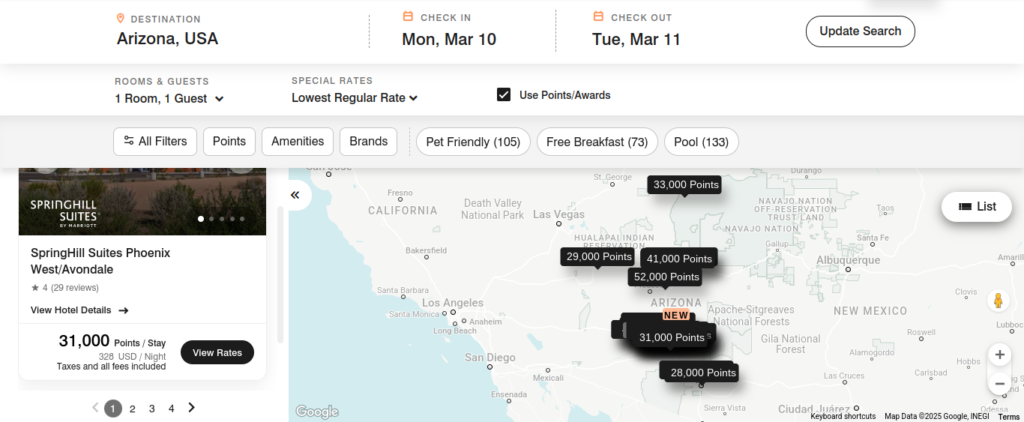
You can also filter the results based on your desired nightly award rate.

You can find Marriott properties for as few as 5,000 points per night, but rates can also soar well over 100,000 to 200,000 points per night.
To find the lowest-priced award nights, you’ll need to have flexibility with your dates and compare properties in your destination.
IHG One Rewards
IHG One Rewards boasts a portfolio of more than 6,000 properties across 100 countries, making it a viable booking option for most international and domestic trips. It includes popular brands such as Holiday Inn, Crowne Plaza and InterContinental in its portfolio.
Just like Hilton Honors and Marriott Bonvoy, IHG One Rewards doesn’t publish an award chart, instead pricing its award stays dynamically.
Award stays at IHG properties start around the 5,000-point level and can go as high as 100,000 points per night.
Choice Privileges
Choice Privileges has more than 7,400 properties worldwide, offering low-cost stays at familiar brands such as Quality Inn, Comfort Inn and Radisson, to name a few.
It prices its award nights dynamically with award stays starting at 8,000 points per night. It also includes more than 300 luxury hotels in its Preferred Hotels & Resorts portfolio, where award nights start at 25,000 points per night.
As with the other dynamically priced hotel loyalty programs, having flexibility with your dates is key to securing the lowest rates with Choice Privileges.
World of Hyatt
World of Hyatt has a slightly smaller global footprint compared to Marriott, Hilton and IHG, with just about 1,300 hotels across more than 70 countries.
However, it makes up for this by being one of the few hotel loyalty programs that still uses an award chart to price its award stays. All other programs use dynamic pricing, although some publish saver award estimates.
Hyatt charges different rates depending on whether you stay at a hotel, all-inclusive resort or Miraval resort, as well as the category of property and the season (peak vs. off-peak).
Here’s an overview of what you can expect to pay for a standard room when staying at a Hyatt hotel:
Category Number of points required (per night) Off-peak Standard Peak 1 3,500 5,000 6,500 2 6,500 8,000 9,500 3 9,000 12,000 15,000 4 12,000 15,000 18,000 5 17,000 20,000 23,000 6 21,000 25,000 29,000 7 25,000 30,000 35,000 8 35,000 40,000 45,000
That means you could redeem anywhere between 3,500 and 45,000 points per night when staying in a standard room at a Hyatt property.
Wyndham Rewards
Wyndham Rewards boasts more than 9,200 hotels across 95 countries, making it a great option when booking award travel both domestically and internationally.
Wyndham Rewards also has a simple award chart, whereby properties are classed into three award tiers: those that require 7,500 points per night, 15,000 points per night and 30,000 points per night. These are reasonable award rates that can make Wyndham, just like Hyatt, ideal for family trips.
If you hold the Wyndham Rewards Earner Card, you’ll enjoy a 10% discount on award stays, reducing your nightly rates to 6,750 points, 13,500 points and 27,000 points per night.

How Many Points Do You Need for Your First Redemption?
So, to answer our original question, how many points (or miles) do you need for your first redemption?
If you’re looking at taking a trip within the U.S., you can expect to redeem between 10,000 and 30,000 miles per person for a round-trip economy flight. For an international trip, you can expect to redeem between 60,000 and 100,000 miles for a round-trip economy flight and between 100,000 and 300,000 miles for a business- or first-class award flight.
When it comes to paying for your hotel stay, you can expect nightly rates at budget hotels to start at around 5,000 points and for rates at premium properties to go as high as 100,000 points (or even more). However, in most places, you can usually find comfortable hotels with luxury offerings in the 25,000- to 50,000-point range.
So for a domestic holiday for a family of four, you might need around 40,000 to 120,000 points for flights and around 100,000 to 200,000 points for a four-night hotel stay—unless you opt for a budget hotel for fewer than 25,000 points per night.
For an international trip for you and your significant other, you might be looking at 100,000 to 200,000 miles for round-trip flights in economy and 200,000 to 600,000 miles for two round-trip premium-cabin award fares.
Final Thoughts
Ultimately, as already said, the number of points required for your first redemption depends entirely on your travel plans and the number of people traveling with you.
However, if you’re keen to do a domestic trip on the cheap as soon as possible, you could likely cover both your flight and hotel costs by earning the welcome offer on just one or two credit cards, such as the Chase Sapphire Preferred® Card or The Business Platinum Card® from American Express.
Apply for a travel rewards card today and begin your journey to free travel.
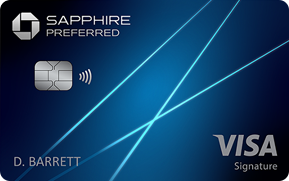
Chase Sapphire Preferred® Card
100,000 bonus points after you spend $5,000 on purchases in the first 3 months from account opening.
The Business Platinum Card® from American Express
Limited Time Travel Offer: Earn 150,000 Membership Rewards® points after you spend $20,000 on eligible purchases on your Business Platinum Card® within the first 3 months of Card Membership. Plus, earn a $500 statement credit after you spend $2,500 on qualifying flights booked directly with airlines or through American Express Travel with your Business Platinum Card® within the first 3 months of Card Membership. You can earn one or both of these offers. Offer ends 6/30/25.
The post Do I Have Enough Miles for My First Redemption? appeared first on MileValue.







![White Paper Games Announces Psychological Thriller ‘I Am Ripper’ [Trailer]](https://bloody-disgusting.com/wp-content/uploads/2025/05/iamripper.jpg)


































.png?format=1500w#)











![It All Adds Up [FOUR CORNERS]](https://jonathanrosenbaum.net/wp-content/uploads/2010/08/fourcorners.jpg)










































































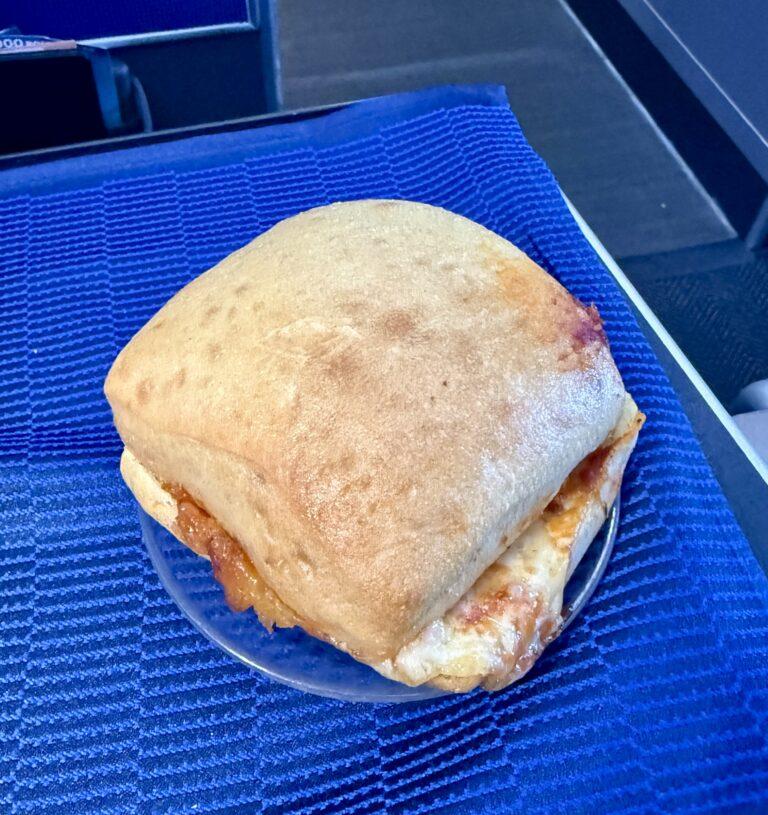
















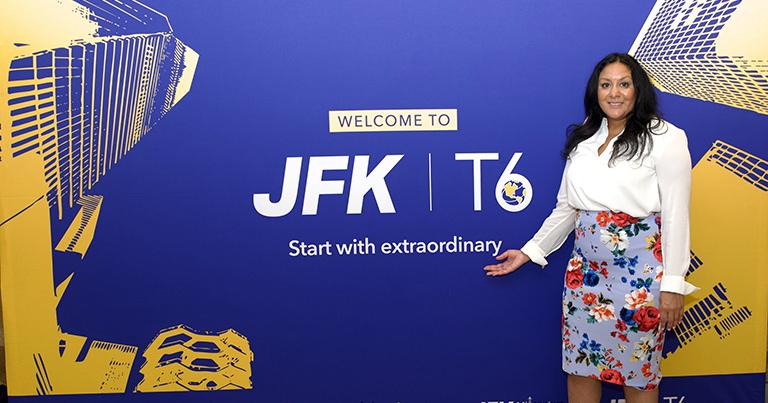
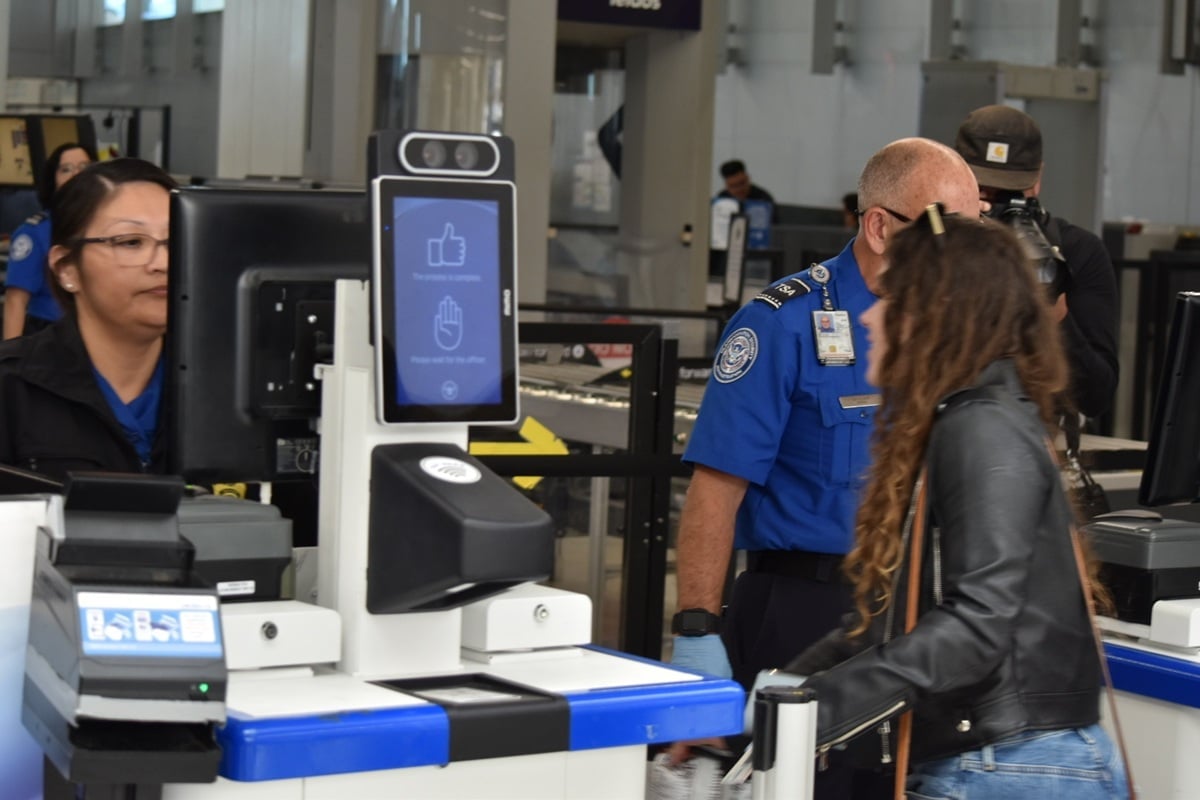
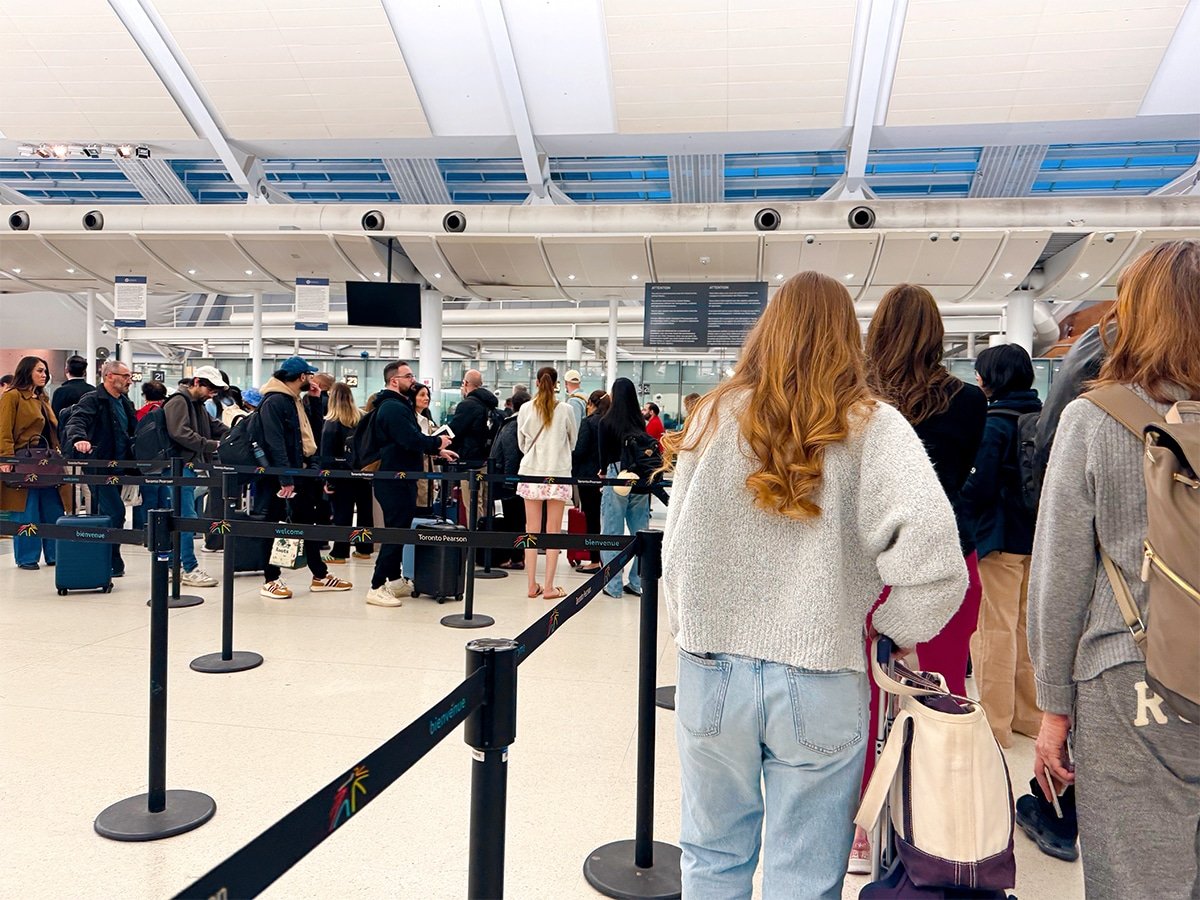


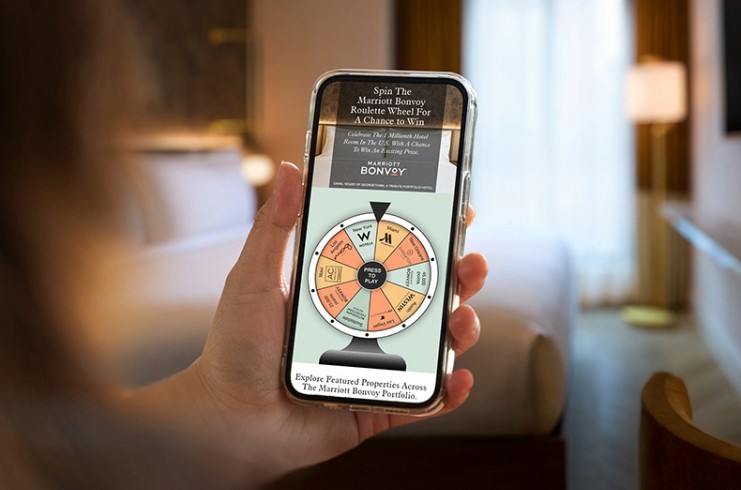























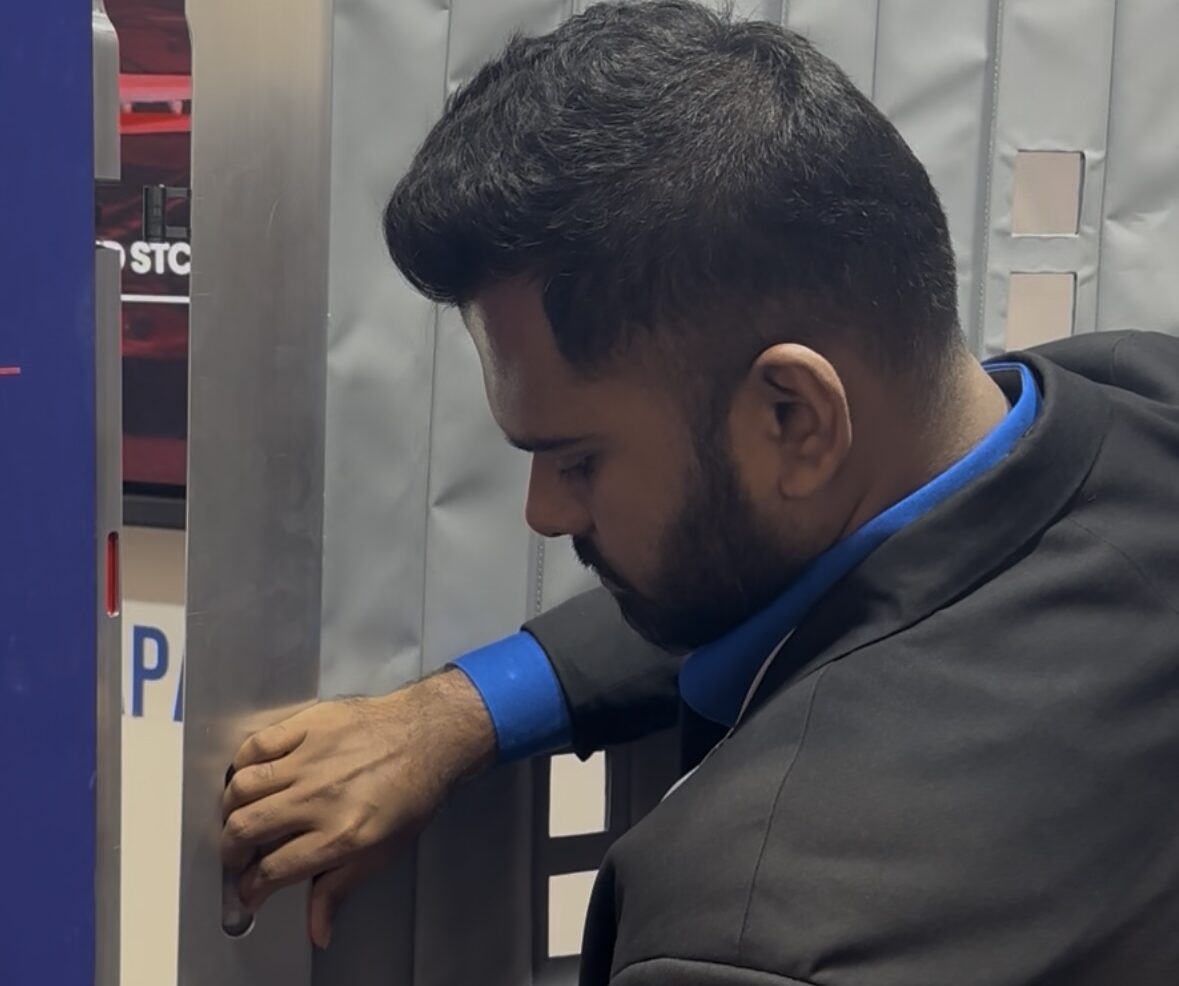

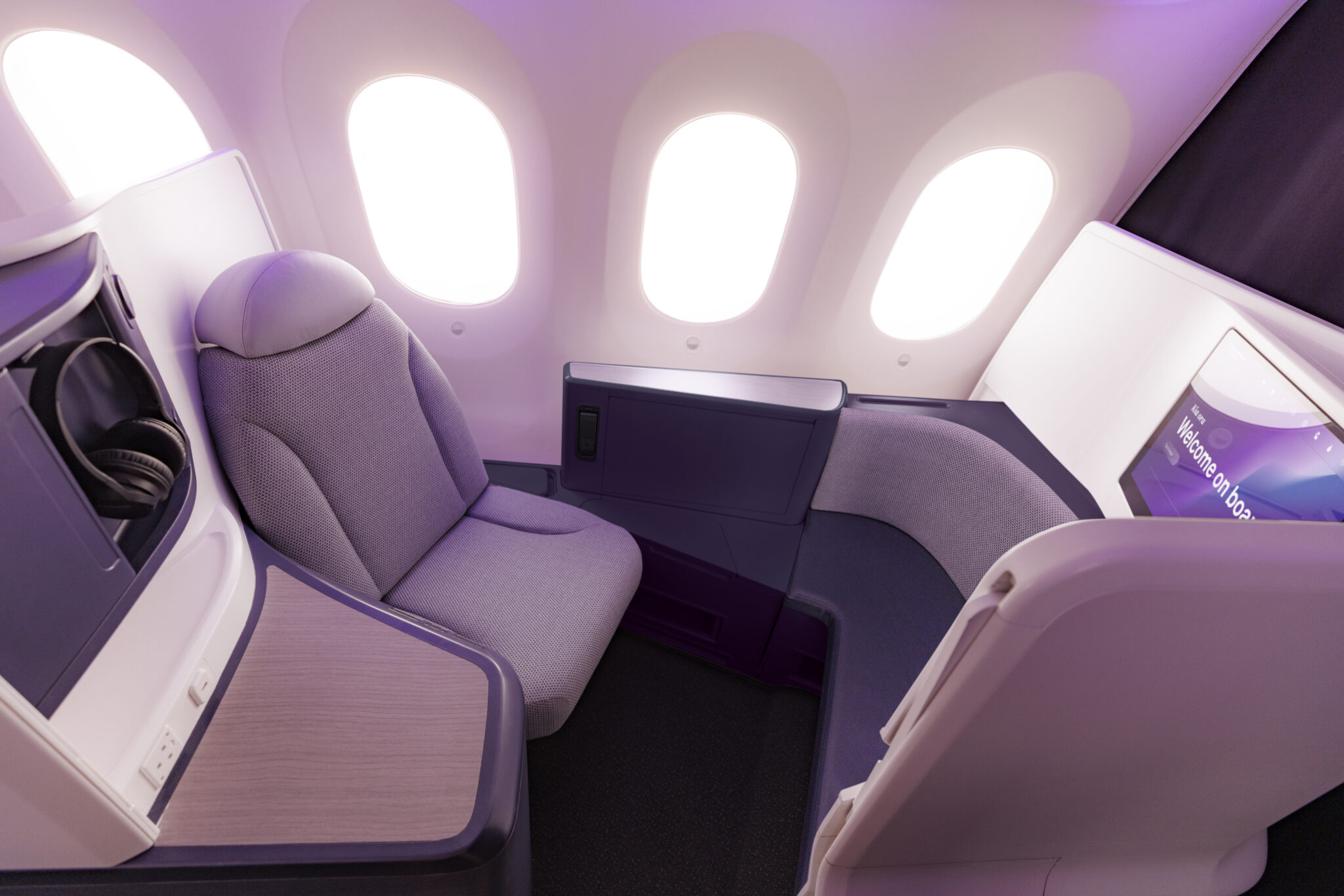











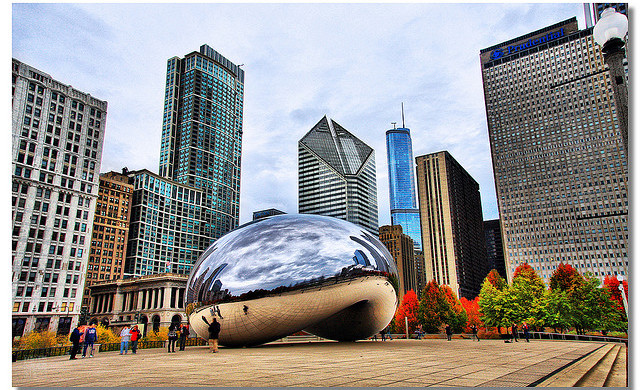









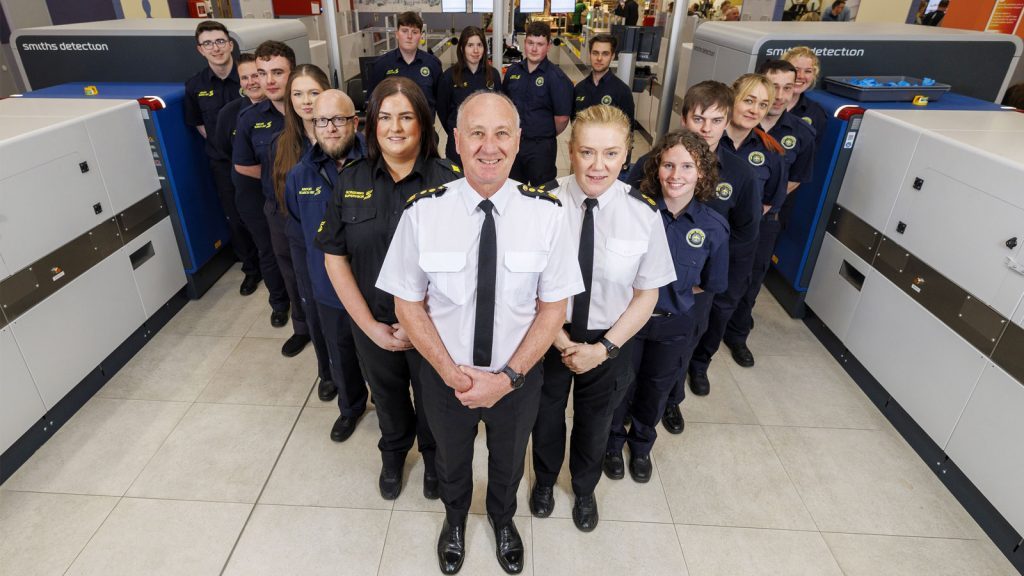









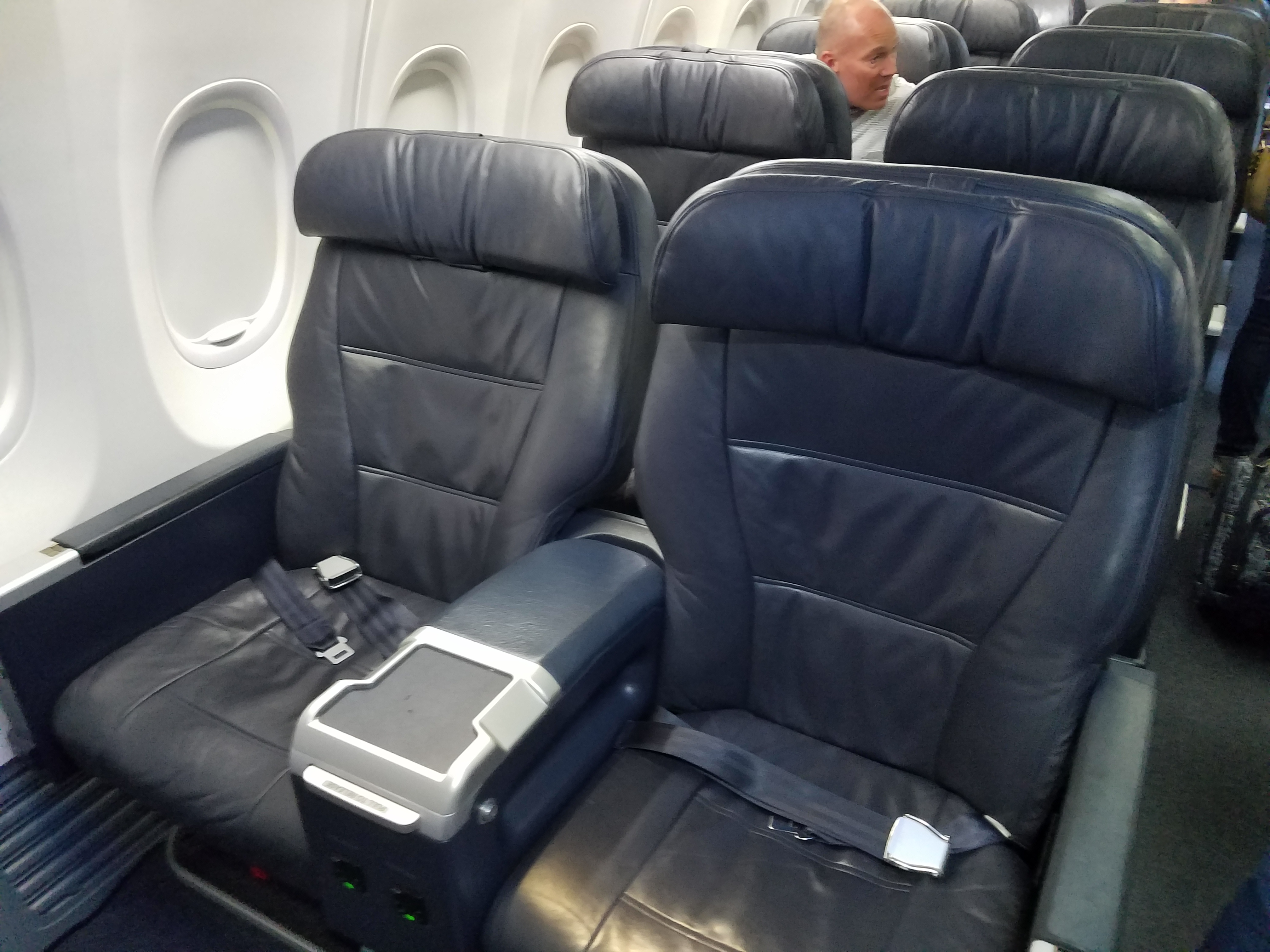






















-Pokemon-GO---Official-Gigantamax-Pokemon-Trailer-00-02-12.png?width=1920&height=1920&fit=bounds&quality=70&format=jpg&auto=webp#)





















































































































































































